WATCH: The processes involved in the making of linen
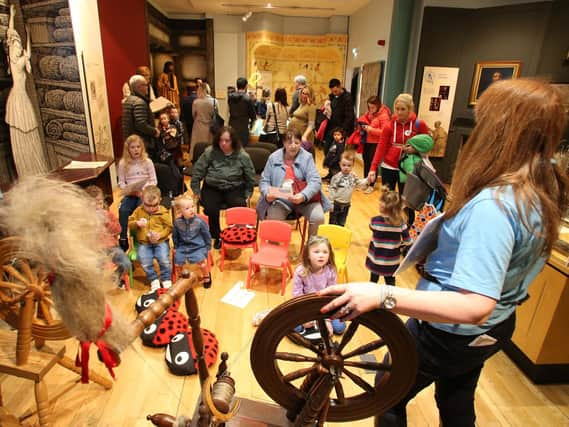

You can join them, as the museum goes digital as they are now the #VirtualMuseum (https://www.lisburnmuseum.com/virtual-museum/).
This week the museum has explored the processes involved in the making of linen thanks to the #VirtualMuseum with this fantastic video.
Flax cultivation
Advertisement
Advertisement
Linen cloth is produced from the fibres inside the stems of the flax plant. The plant has to be treated carefully at every stage before the fibres are ready for weaving in to linen.
Flax grows in most soils, is best in rich loam but will grow well in clay soils and fairly well on sandy, peaty soils. A high potash content is desirable.
Seeds are sewn from late March to late April. Seed sown sparingly gives stronger plants and coarser fibre.
The plot should be weeded when plants are about 8-10cm high. During the eighteenth and early nineteenth centuries weeding was usually done by women and children who crawled over the ground on their hands and knees.
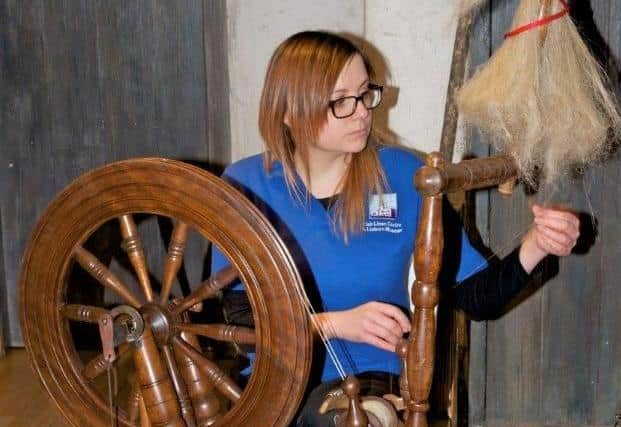

The flax blooms in June and the seed bolls begin to form.
Advertisement
Advertisement
From planting to harvesting takes about 100 days by which time the plants will be about one metre tall.
The flax was ready for pulling when about two thirds of the leaves have withered and the seed bools develop a brownish tint. Flax is pulled and not cut. This is done so that the whole length of the stem can be used.
After pulling flax was allowed to settle for a few hours before retting.
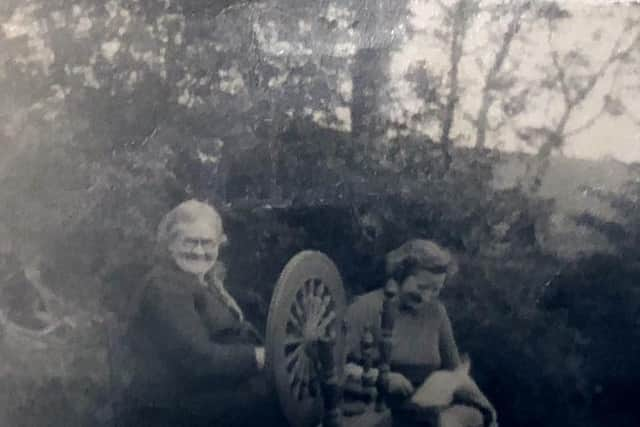

Retting
This is a term used for soaking he flax to soften the outer part. Flax can be tank or dew retted.
Advertisement
Advertisement
Dew retting involves spreading the flax on the grass in this uniform layers to allow dew, rain and warmth to ret the flax.
Tank retting means that the retting time can be controlled more closely eg. the correct temperature is 30 degrees for 5 nights.
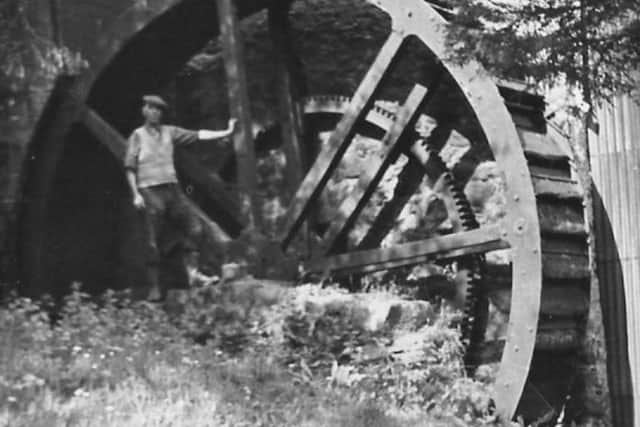

In each case the flax needs to be kept submerged with stones.
The flax is spready out to dry for a few days and is then ready for breaking and scutching.
Breaking
Advertisement
Advertisement
The fibre was separated from the woody stem by breaking. The beets (bundles of flax) were beaten with a long mallet or put through a flax breaker.
Scutching
Striking off the shous (the woody stem) was known as scutching. It was done with a flat wooden knife and removed the outer skin and inner core leaving only the fibres. The shous were waste and were often burned on domestic fires.
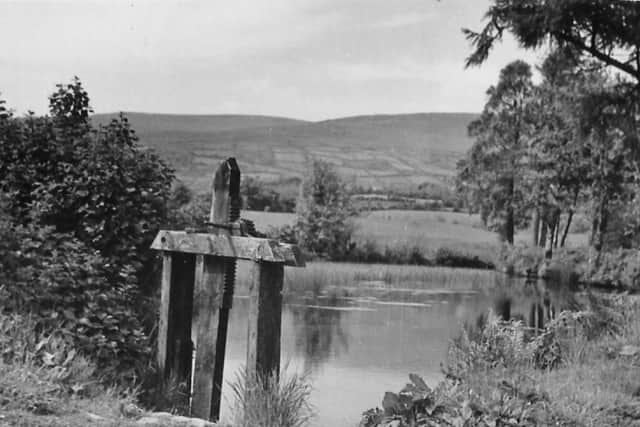

Scutching was carried out in autumn.
Scutch mills appeared in Ireland around 1760. Water power was used to turn scutching blades to imitate hand scutching over a stock.
When scutching was in full swing the air was filled with dust called pouce and the workers inhaled this into their lungs. Scutchers judged the quality of the flax and s accompanied the farmer to the flax market to negotiate a price.
Hackling
Advertisement
Advertisement
The fibres were drawn through a block with pins in it to remove the tow ie. The short pieces of remaining straw. This was done until the flax was as smooth as it could be. The image of flaxen hair comes from how the flax looked after this process.
Spinning
The fibres were wrapped around each other during spinning. During the eighteenth century spinning was done by spinners in their cottages. It was done on a Dutch wheel kept in motion by a treadle. A flax wheel is distinguishable by its rock or distaff on which the lint hangs for the spinners convenience.
Do you have linen history in your family? Do you have any old stories or photos that you would like to share with Farming Life readers? Email [email protected].